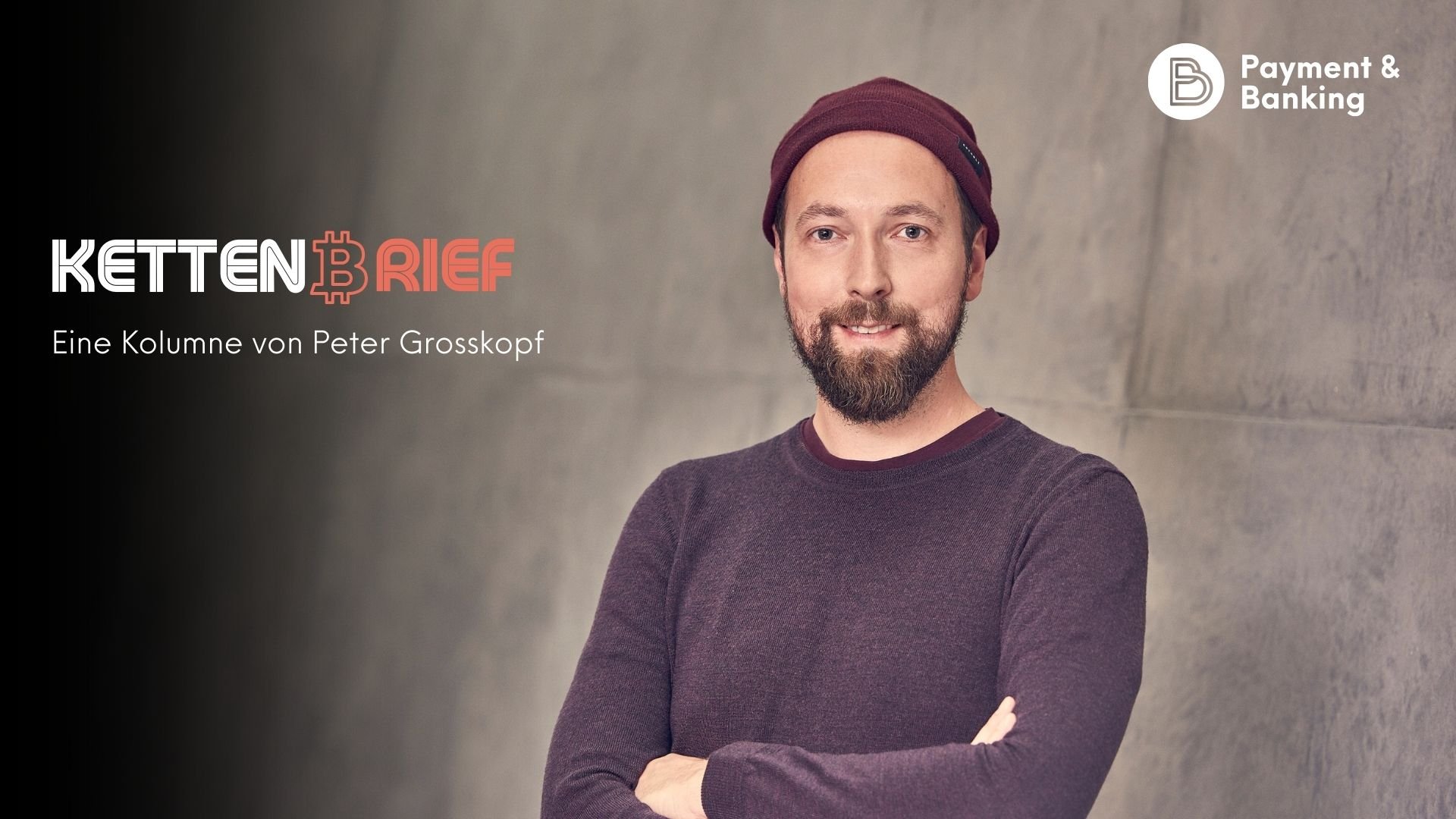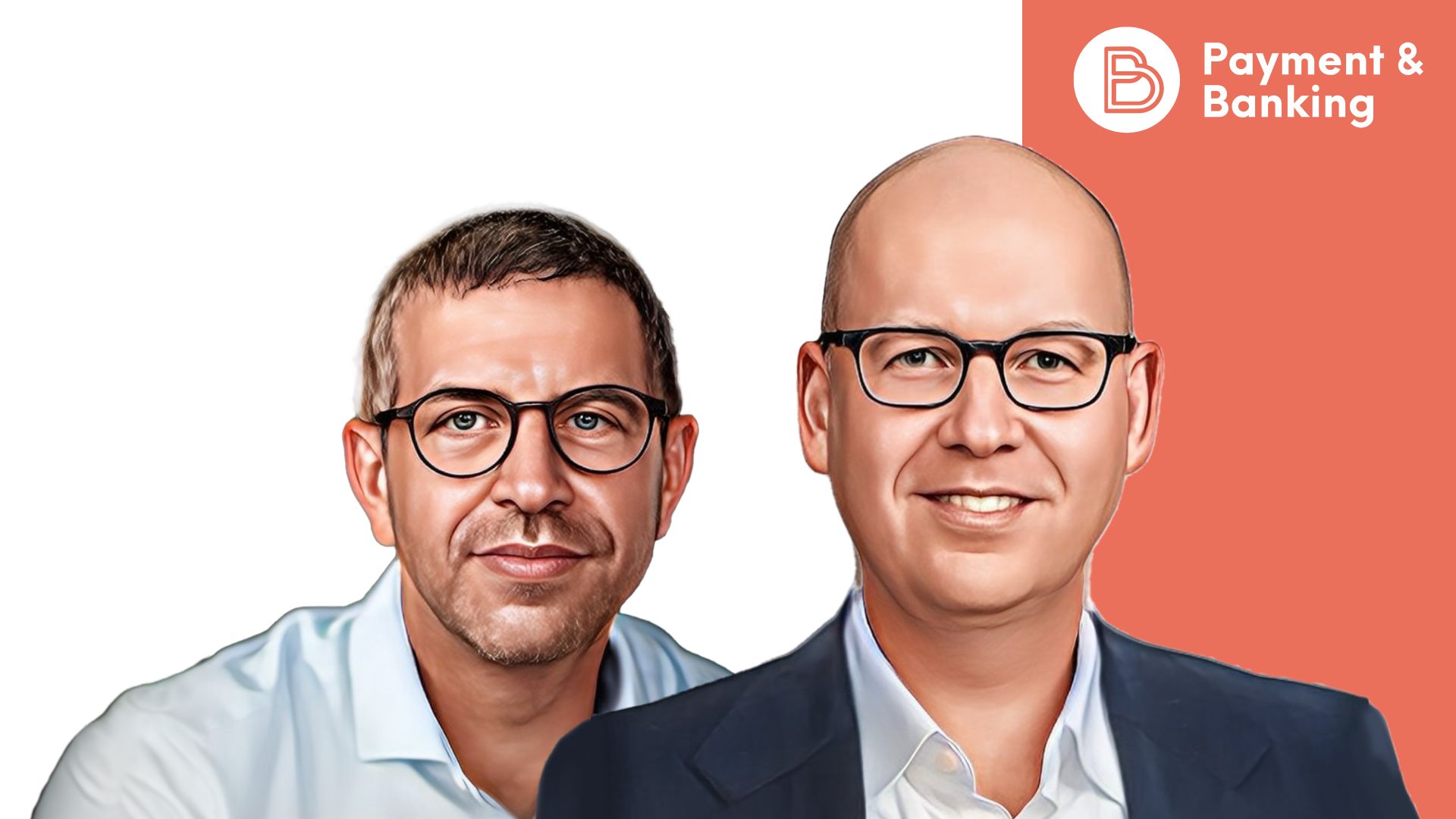Innovationen im Payment und Banking gab es den in den vergangenen Jahren zur Genüge. Jedoch konzentrierten sich die FinTechs und auch die Innovationen der Alteingesessenen auf wenige Zielgruppen – Millenials und Early-Adopter.
Die klassische FinTech-Zielgruppe ist mitnichten ein Großteil der Bevölkerung, sondern, wie wir alle schon immer ahnten, nur ein Bruchteil dessen. Auch wenn die Pitchdecks jedes FinTechs respektive Business Cases jeder vermeintlichen Innovationslösung einer Bank auf die Massen an Nutzern hinweist, die man mit solch einer Lösung überzeugen könnte, ist die Realität (und damit die nackten Zahlen und Fakten) eine Ernüchternde.
Das verdienen die Deutschen
Nähern wir uns der Realität mit Statistiken (alle Zahlen aus Statista). In Deutschland haben wir 4,3 Millionen Menschen im erwerbsfähigen Alter, die HartzIV erhalten. Weitere 1,2 Millionen Menschen sind sogenannte “Aufstocker” – also Menschen, die trotz einer Beschäftigung Transferleistungen vom Staat erhalten. Der durchschnittliche Bruttolohn pro Monat in Deutschland (2017) beträgt 2.863€ (Steuerklasse 3, 1,5 Kinder, keine Kirchensteuer) – das entspricht netto 2.113€. Soviel zu Mobile Payment, wo man ein Smartphone in der >600€-Klasse braucht, um überhaupt mitmachen zu können.
Bricht man die Statistik noch ein wenig weiter runter, dann wird die Realität noch ein wenig härter.
Source: Institut der deutschen Wirtschaft, Köln
Die o.g. interaktive Grafik zeigt sehr eindrucksvoll die Nettoeinkommens-Verteilung in Deutschland und Europa. Weiterhin versucht die Grafik die Bevölkerung in Einkommensschichten zu klassifizieren. Die einkommensarme Schicht (Einkommen weniger als 60% des Median-Nettoeinkommens) beträgt in Deutschland in 2014 (!) 16,5% der Bevölkerung. Diese Schicht ist akut von Armut gefährdet. Umgerechnet heißt das, dass 13,39 Millionen Menschen (Bevölkerungszahl in Deutschland in 2014 war lt. Statistischem Bundesamt 81,2 Millionen) über ein monatliches Nettoeinkommen von maximal 994 € verfügen. Die einkommensschwache Mitte umfasst 15,8% also 12,83 Millionen mit einem monatlichen Nettoeinkommen zwischen 994€ und 1.324€. Wenn man grob die Anzahl der Menschen bis zum monatlichen Median Nettoeinkommen addiert, landet man bei ca. 56,67% (der Balken, in dem der Median liegt, wurde komplett mitgezählt).
Viele Zahlen sind nicht immer einfach zu verdauen, daher merken wir uns nur Folgendes: ca. 56% der Bevölkerung, also 45,47 Millionen Menschen, verdienen im Monat nicht mehr als 1656 € netto.
Deutschland im Vergleich
In unserer Branche gucken wir ja immer so gern über den großen Teich in Richtung USA. Wie ja hinreichend bekannt ist, haben die USA ja durchaus Herausforderungen bei der Einkommensverteilung. Wenn man aber die prozentualen Zahlen vergleicht, dann sind in der vergleichbaren Einkommens-gruppe (bis zu 110% des nationalen Median-Einkommens) 62,5% der Bevölkerung.

Die Federal Reserve in den USA traf vor kurzem die Aussage, dass 46% der Familienhaushalte in den USA eine Ausgabe von $400 nicht stemmen könnte (https://paymentandbanking.com//fortune.com/- 2016/05/26/400-dollar-expense-study/ – basierend auf Zahlen 2015) Zumindest nicht, ohne etwas zu verkaufen oder einen Kredit aufnehmen zu müssen. Da sehen die 6%, die Deutschland im Vergleich besser da steht, nicht gerade beruhigend aus.
Auch im inner-europäischen Vergleich steht Deutschland mitnichten besonders gut dar.
Aber was heißt das denn jetzt?
Was haben wir Schönes aus den deprimierenden Statistiken gelernt?
Jegliches Fintech-Produkt und Innovation ignoriert 60% der Bevölkerung und entwickelt munter an Produkten für maximal 20% der Bevölkerung (Einkommensreiche und einkommensstarke Mitte). Mit halbwegs passablen Mathekenntnissen erkennt man, dass man mit 20% sicherlich nicht echte Marktpenetration erreichen kann – so toll wir auch alle Apple Pay finden, es ist ein Nischen-Produkt.
Gibt es denn aber wirklich niemanden im FinTech-Sektor, der diese Kundengruppe (<= Einkommensmedian) bedient? Dazu machen wir doch zunächst einmal einen kleinen Exkurs.
Welche Anbieter fallen einem bei dieser Kundengruppe sofort ein? Klar, die Discounter wie Aldi oder Lidl. Wer noch? KIK, Primark und Tedi sind sicherlich auch perfekt auf diese Kundengruppe abgestimmt. Fällt einem vielleicht noch ein Start-up ein? Vielleicht sogar eines, das extrem erfolgreich ist? Wie wäre es z.B. mit FlixBus?
Die vergessene Kundengruppe
Die Value Proposition von FlixBus ist: günstig von A nach B mit akzeptablem Komfort. Das explosive Wachstum von FlixBus zeigt, dass es genügend Menschen gibt, die lieber für 9,99€ 4-5 Stunden im Bus sitzen als für ein vielfaches mehr per Bahn oder gar Flugzeug (trotz Ryanair und EasyJet) quer durch die Republik zu reisen. Diese Kundengruppe möchte also sehr wohl auch in den gleichen Genuss von Reisen kommen, ist aber bereit, Zeit (4-5 Stunden Busfahrt) für einen sehr niedrigen Preis zu opfern.
Wenn man das mit den anderen Beispielen verprobt, dann merkt man, dass weder Aldi noch KIK einen Preis für “beste Ladenausstattung” gewinnen werden. Des Weiteren steht man bei Aldi und Lidl auch gerne mal ein wenig länger in der Schlange und muss auch schon mal in Kauf nehmen, dass gewisse Artikel einfach ausverkauft sind. Zeit und Convenience versus Preis scheint also durchaus ein Faktor zu sein, um diese Kundengruppe erfolgreich bedienen zu können.
„‚Zeit und Convenience versus Preis‘ scheint durchaus ein Faktor zu sein, um diese Kundengruppe erfolgreich bedienen zu können.“
Zurück zu FinTechs – Was ist das Argument, mit denen die meisten FinTechs um die Ecke kommen? Richtig: Design und Convenience, dann noch „push“ und „always online“.
Jeder, der sich mal an einem Monats-Ersten in die Filiale einer Bank verlaufen hat, zweifelt komplett an der Aussage, dass niemand mehr in Filialen geht. Tatsächlich bilden sich genau am Monats-Ersten Schlangen vor den Filialen und Menschen-massen warten geduldig, bis sie dran sind um sich nahezu ihr komplettes Guthaben als Bargeld aushändigen zu lassen. Nix mit Kartenzahlung und Konsorten – Cash ist King! Ausgabenkontrolle findet in Euro und Cent statt und nicht in irgendeiner fancy App. Dieses Verhalten hat im Übrigen echte Nachteile für Händler (mehr dazu weiter unten).
Trend „eCommerce“
Und da fällt einem dann plötzlich doch noch ein FinTech ein, das diese Kundengruppe nicht aus den Augen verloren hat – Barzahlen. Wie abstrus klingt es für den FinTech-Jünger mit 3-4 Kreditkarten von jeglicher Challenger Bank, dass man online etwas kaufen sollte um dann die Zahlung per Papier-Ausdruck an einer Supermarkt-Kasse zu erledigen.

Aber ähnlich wie bei FlixBus sieht man, dass die Kundengruppe – trotz der geringen Kaufkraft – sehr wohl auch am Trend “eCommerce” teilhaben will. Da aber die Ausgabenkontrolle per Zählen der Geldscheine in der Tasche erfolgt, ist die Nutzung von Barzahlen nur eine logische Konsequenz.
Es soll aber nicht verschwiegen werden, dass diese Lösung, ebenso wie das Bargeld-Verhalten dieser Kundengruppe, etliche Probleme mit sich bringt. Durch das “leer räumen” des Kontos entstehen im Inkasso / Pfändungsfall natürlich Probleme, die z.T. in einer Abwärtsspirale enden (Säumniszuschläge, Verzugszinsen, horrende Inkasso-Gebühren). Dieser Bargeld-Abfluss, respektive die Ermöglichung von Konsum, obwohl das Geld “besser” in den Schuldendienst investiert wäre, ist sicherlich ein Teilaspekt den man hierbei berücksichtigen sollte.
Das Prinzip „Wonga“
Ratenzahlungs-Anbieter müssten diese Kundengruppe eigentlich auch bedienen. Allerdings ist die Realität doch eher so, dass die Algorithmen / Risiko-Prüfungen der Anbieter derart gestaltet sind, dass die Kundengruppe um den Einkommens-Median eher aussortiert wird.
Es gab da doch mal ein super erfolgreiches FinTech, zwar nicht in Deutschland aber in UK, das diese Kundengruppe so erfolgreich bedient hat. Der ein oder andere weiß schon, dass es sich dabei nur um Wonga handeln kann.
Wonga’s Geschäftsmodell war, simplifiziert ausgedrückt, die Online-Variante des Kredit-Hai’s – übrigens mit einer der simpelsten Apps auf Erden. In den ersten Jahren war Wonga so erfolgreich ihren Kunden Kleinstkredite zu Wucher-Zinsen ohne Sicherheiten anzubieten, dass Wonga’s Investoren vor stolz kaum gehen konnten. Die gleichen Investoren haben den Namen aber auch ganz schnell wieder aus ihren Portfoliolisten gestrichen, als klar wurde, dass a) der Regulator dem Treiben ein Ende setzen würde und b) der Aufschrei der “gemolkenen” Kundengruppe und der Presse nicht aufhören würde. Wonga steht stellvertretend für die Implosion des kompletten Payday-Loan-Sektors in UK. Durch die überfällige Regulierung wurden Wucherzinsen verboten und ein effizienter Kundenschutz eingeführt.
Fazit
Innovationen und Produkte von FinTechs und Banken für die Kundengruppe (Menschen mit Einkommen bis zum Einkommens-Median) fehlen bisher komplett. Mit wenigen z.T. zweifelhaft erfolgreichen Ausnahmen fehlt das “Aldi des Payment und Bankings” oder das “FlixBus-Fintech”. Dass dieses Start-up aus Berlin-Mitte kommen wird darf man, glaube ich, mit Sicherheit ausschließen. Wie man aber an Beispielen aus anderen Branchen erkennen kann (Retail, Fashion, Reise), hat diese Kundengruppe den gleichen Bedarf an den heutigen Trends zu partizipieren. Es mangelt jedoch an echten Angeboten.







